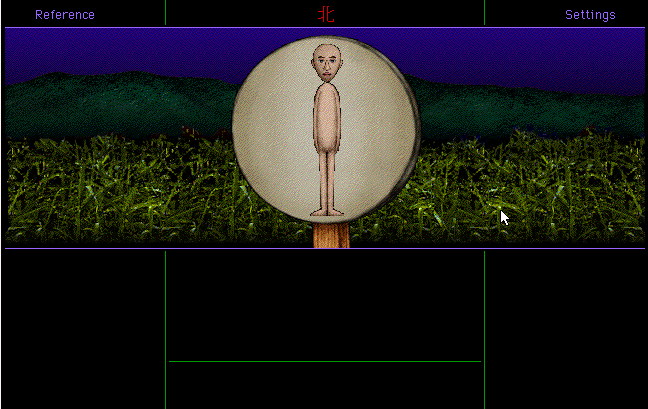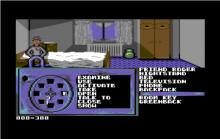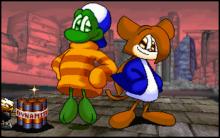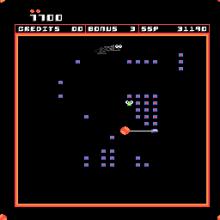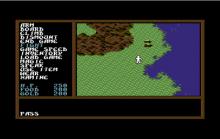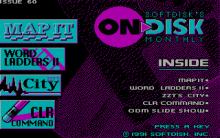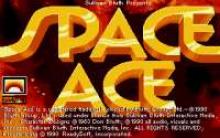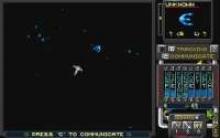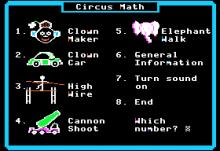Cosmology Of Kyoto
Press Keyboard right side: Alt+Enter keys to switch to full screen game play, and Alt+Enter keys to return.
How to play Cosmology Of Kyoto
The Cosmology of Kyoto is a point-and-click adventure game, and its controls are primarily mouse-based. You interact with the game by clicking on hotspots and text options. Occasionally, you may need to type in sentences.
Cosmology Of Kyoto Description
When Cosmology of Kyoto released in 1995, it defied expectations of what a PC adventure game could be. Developed by Softedge and published by Yano Electric, it combined historical fiction, Japanese mythology, Buddhist philosophy, and horror into an atmospheric exploration of 10th- and 11th-century Kyoto. Unlike most adventure games of its time, it wasn’t about “winning” — it was about experiencing a living, dangerous, and spiritual world.

Cosmology of Kyoto is a 1995 nonlinear point-and-click adventure set in Japan’s Heian period. Players explore ancient Kyoto, encountering historical and mythical figures, often dying and reincarnating based on their karma. The game blends exploration, horror, and Buddhist philosophy, supported by a built-in encyclopedia for cultural context.
- Released in 1995 for Windows and Mac by Softedge and Yano Electric
- Nonlinear exploration of Heian-era Kyoto with Buddhist reincarnation mechanics
- Frequent character deaths lead to varied rebirth experiences
- Extensive in-game encyclopedia explains myths, history, and religion
- Still playable today via emulators and compatibility tools
Background and Development
Cosmology of Kyoto stands out among Windows 3.1-era adventure games for its commitment to authenticity. Softedge designed the game to function as both an immersive entertainment experience and an educational journey into Japan’s past. The narrative draws from Buddhist teachings, Japanese folklore, and recorded historical events.
While most mid-90s point-and-click titles focused on puzzle-solving and linear storytelling, this game embraced open-ended exploration. There’s no “main quest” in the traditional sense — the reward is in the journey itself.
Gameplay and Mechanics
Players move through the streets, alleys, and countryside of Kyoto using a first-person perspective. Navigation involves clicking hotspots or entering text commands for certain actions. The absence of a clear win condition encourages curiosity and replayability.
Reincarnation and Karma System
Death is not the end in Cosmology of Kyoto — it’s an integral part of the game. Encounters with bandits, demons, disease, or bad luck can kill your character at any moment. After death, you descend into a Buddhist vision of hell, where your deeds are weighed.
Your actions influence your karma, determining the realm in which you reincarnate — human, animal, or spiritual. Returning to your corpse lets you reclaim items from your previous life, tying your past and present together.
The In-Game Encyclopedia
The encyclopedia is a standout feature, offering hundreds of entries on:
- Heian-period customs and clothing
- Buddhist cosmology and afterlife beliefs
- Japanese ghost stories and demon lore
- Political history and urban life in Kyoto
It acts as both a gameplay aid and an educational resource, turning the game into a hybrid of interactive fiction and historical reference.
Visual Style and Atmosphere
The game’s art direction is stark and unsettling. Digitally painted backgrounds are filled with muted tones and ominous skies, while character animations are deliberately stiff, adding to the sense of unease. Sound design leans heavily on environmental audio — the echo of footsteps, the murmur of monks, the distant cry of animals — to create an oppressive mood.
Comparison Table

|
Feature |
Cosmology of Kyoto |
Typical 90s Point-and-Click Game |
|
Setting |
Heian-period Kyoto |
Fictional/fantasy worlds |
|
Structure |
Nonlinear, open exploration |
Linear progression |
|
Core Mechanic |
Death and reincarnation |
Inventory puzzles |
|
Educational Content |
Integrated encyclopedia |
Minimal or none |
|
Tone |
Dark, historical, spiritual |
Often light or whimsical |
How to Play on Modern PCs
Original discs are rare, but the game can still be experienced:
- Locate a copy – through second-hand markets or archive sites.
- Use emulation – DOSBox and SheepShaver can run old Windows/Mac software.
- Set compatibility mode – On Windows, enable 256-color mode and 640×480 resolution.
- Download manual scans – The original manual is essential for understanding mechanics.
- Play on Classic Reload – Without any emulator, you can play directly any DOS games on Classic Reload!
Games with a Similar Spirit
While no modern game replicates its exact style, these titles share thematic or structural DNA:
- Dark Souls series – Dark, lore-rich worlds where death shapes progression.
- Elden Ring – Expansive exploration with mythic storytelling.
- Tunic – Mysterious adventure with an in-game manual and environmental storytelling.
Cosmology of Kyoto remains a singular achievement in gaming — part interactive documentary, part horror story, part philosophical meditation. It’s a challenging recommendation in the modern era due to its dated interface, but for those willing to adapt, it offers an experience unmatched in atmosphere and depth.
The game is controlled by clicking hotspots and text options when appropriate. The user also types in sentences, upon occasion. At the start, the player is born and must take the clothes off a nearby corpse.
During the game the player will often die after being attacked by evil demons or robbers, and will then go to one of the realms of reincarnation, depending upon the player's conduct in that life. Once the player escape hell and are reborn, the player must take the clothes from his or her last body to continue.
As the player progresses through the city, new abilities and items are revealed that protect the player from death. The progress through the city effects a journey through history, with an online guide provided to ancient (and modern) Kyoto at various points through the game. Many of the characters in the game are based on real-life characters from the city and their appearances in the game are often loosely based on tales from the Konjaku Monogatarishū. The game deals with religion, philosophy, myth and legend.
Cheats/Hints/Walkthroughs for Cosmology Of Kyoto
Common Mistakes to Avoid
- Expecting a traditional goal – The game’s purpose is immersion, not “winning.”
- Skipping the encyclopedia – Much of the narrative depth is in its entries.
- Rushing through – Encounters often depend on specific times and locations.
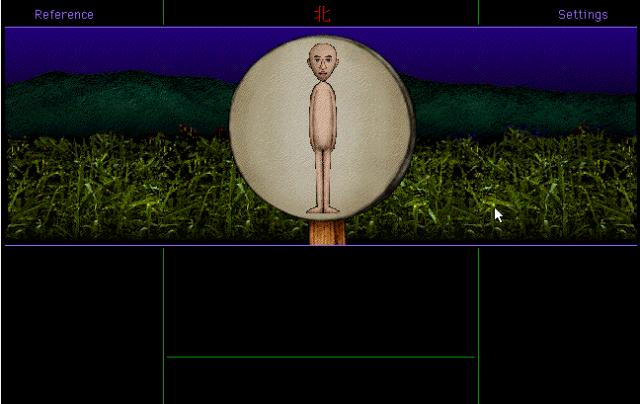
Cosmology Of Kyoto - additional information







